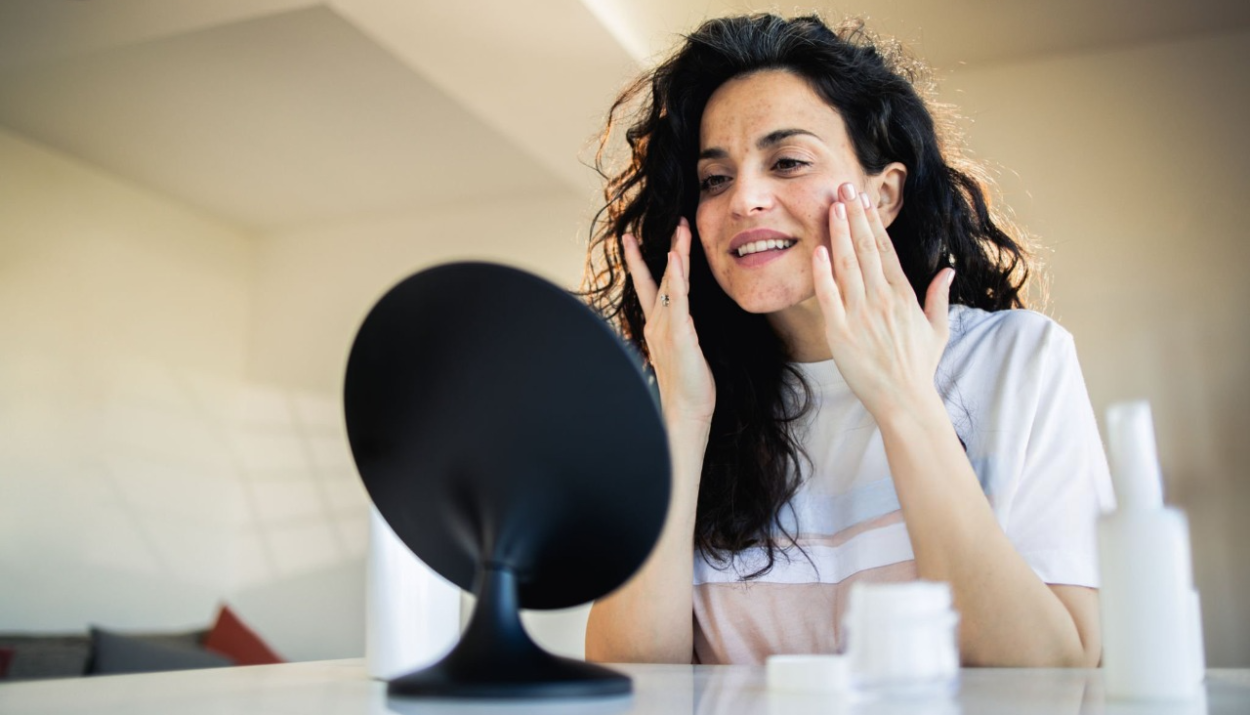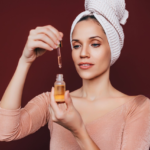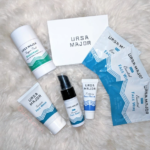Taking good care of your skin goes beyond just buying the right products. The order in which you apply your skincare products can make or break their effectiveness. Whether you are a skincare beginner or a seasoned enthusiast, understanding the correct sequence helps you maximize every serum, cream, and oil in your routine. In this guide, we’ll break down the best order to apply skincare products, why layering matters, and tips for creating a personalized skincare routine that works.
Why Does the Order of Skincare Application Matter?
Each skincare product is formulated differently—some are lightweight and water-based, while others are thicker and oil-based. Applying products in the right order ensures better absorption and allows each formula to work as intended. Think of your skin like a sponge: you want the lightest, most watery formulas to sink in first, followed by heavier, more occlusive layers that lock everything in.
If you apply products incorrectly, active ingredients may not penetrate properly, and you could even cause skin irritation or clogged pores.
The General Rule: Lightest to Heaviest
When in doubt, follow this simple principle:
Apply products from thinnest to thickest consistency.
- Water-based products first
- Serums and treatments next
- Moisturizers and oils last
Now, let’s dive into a step-by-step routine.
Step-by-Step Guide to Applying Skincare Products
1. Cleanser
Purpose: Remove dirt, makeup, sunscreen, and impurities.
Always start with a clean face. Whether you prefer a gentle gel, creamy milk cleanser, or an oil cleanser, washing your face sets the stage for everything else.
Tip: Double cleansing (an oil-based cleanser followed by a water-based one) is ideal if you wear heavy makeup or sunscreen.
2. Toner (Optional but Helpful)
Purpose: Rebalance your skin’s pH and prep for next steps.
Modern toners are packed with hydrating and soothing ingredients (not just alcohol). Think of them as the first drink of water your skin gets after cleansing.
Pro Tip: Apply toner with your hands instead of a cotton pad for maximum absorption.
3. Essence (Optional)
Purpose: Hydrate and boost absorption of serums.
Popular in K-beauty routines, essences are lightweight, watery treatments packed with nutrients. They prime your skin to better absorb active ingredients.
4. Serum
Purpose: Deliver concentrated active ingredients deep into the skin.
Serums are the “treatment” step. Whether you’re targeting fine lines, pigmentation, acne, or dullness, this is where your most potent actives come into play.
Examples: Vitamin C serum, hyaluronic acid, niacinamide, peptides.
Tip: If using multiple serums, apply the wateriest one first.
5. Eye Cream
Purpose: Protect and treat the delicate under-eye area.
The skin around your eyes is thinner and more sensitive. Dab a small amount of eye cream gently using your ring finger to avoid tugging.
6. Spot Treatment
Purpose: Target specific concerns like acne or dark spots.
Apply spot treatments only where needed. Since these tend to be potent, they need to go directly onto clean skin or over serums, before moisturizer.
7. Moisturizer
Purpose: Hydrate and lock everything in.
Moisturizers create a barrier that prevents water loss. Even if you have oily or acne-prone skin, don’t skip this step—just choose a lightweight, non-comedogenic formula.
8. Facial Oil (Optional)
Purpose: Seal in hydration and add nourishment.
Oils are occlusive, meaning they sit on top of the skin and prevent moisture loss. Apply after moisturizer if needed, especially at night or during dry seasons.
9. Sunscreen (AM Only)
Purpose: Protect your skin from UV damage.
Sunscreen should always be the last step in your morning routine. Choose a broad-spectrum SPF 30 or higher. Even if you stay indoors, UV rays can penetrate windows.
Golden Rule: Reapply every 2-3 hours if exposed to sunlight.
Quick Morning vs Night Routine
| Morning Routine | Night Routine |
| Cleanser | Cleanser |
| Toner | Toner |
| Essence | Essence |
| Serum (like Vitamin C) | Serum (like Retinol) |
| Eye Cream | Eye Cream |
| Moisturizer | Moisturizer |
| Sunscreen | Facial Oil (optional) |
Common Skincare Routine Mistakes
- Skipping sunscreen (even on cloudy days)
- Mixing conflicting actives (like Vitamin C + Retinol at the same time)
- Using too many products at once (overloading skin can cause irritation)
- Not allowing time between layers (wait a minute or two to let each product absorb)
- Applying oil before water-based serums (this blocks penetration)
Avoid these mistakes, and your skin will thank you!
How to Customize Your Routine
Everyone’s skin is unique. A teenager with oily skin won’t have the same needs as someone with mature, dry skin.
Here’s a simple way to customize:
- Oily skin: Focus on lightweight, gel-based moisturizers and mattifying serums.
- Dry skin: Layer hydrating essences, thick creams, and oils.
- Sensitive skin: Choose minimal, fragrance-free products.
- Aging skin: Prioritize antioxidants, peptides, and rich hydration.
Adjust seasonally too! Skin often needs richer textures in winter and lighter products in summer.
Conclusion
Applying skincare in the right order can transform how your skin looks and feels. Stick to the “lightest to heaviest” rule, be patient between layers, and pay attention to how your skin responds.
Consistency and patience are key. You don’t need a 12-step routine every day—sometimes a simple, thoughtful 4–5 steps applied correctly is the best thing you can do for glowing, healthy skin.








